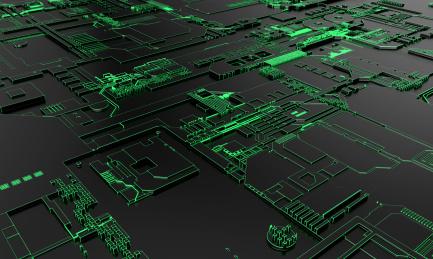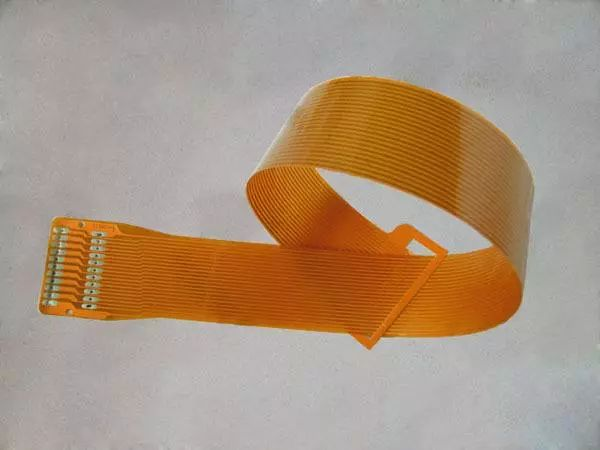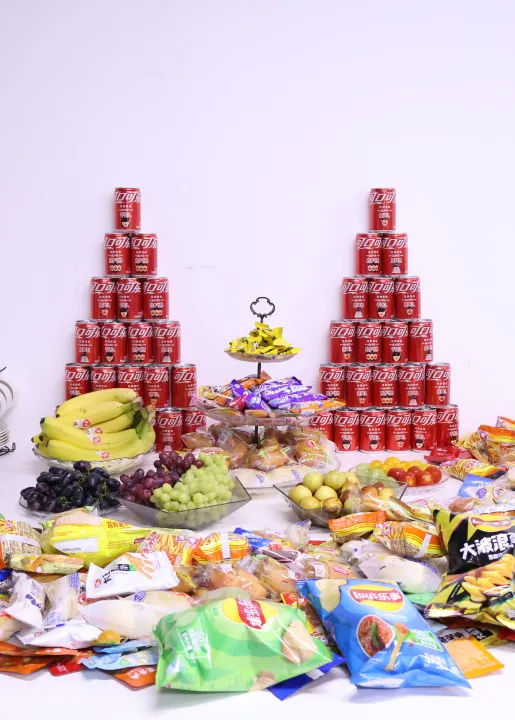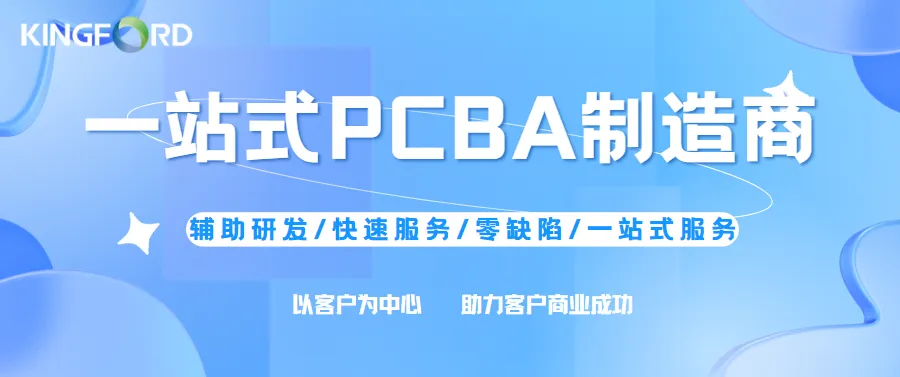
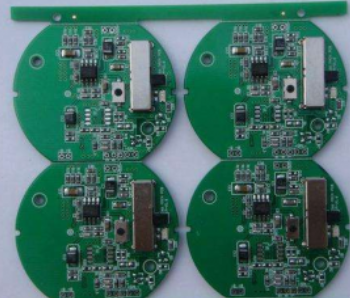
A question often asked through our technICal support hotline is, "What is the IPC standard for cleanliness?". This is a SIMple and straightforward question often asked by novices in PCB industry, so the simple and straightforward answer is generally what they want. However, in most cases, this is not professional enough for their personal needs.
In order to answer this question, we should first understand the simple standards: IPC standards being used, types of residues, scope of application and cleanliness standards.
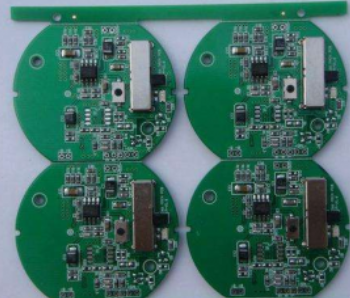
*When testing is required
But do these answers provide the necessary facts? Unfortunately, people who call are rarely satisfied. In fact, these answers often lead to more questions, such as: "Is that it?"; "What if the pollutant has more chlorides?"; "What about flux residues in the no cleaning process?"; "What if conformal coat is used to protect the assembly?"; Or, "What about other non-ionic pollutants?"
Unlike the "good tiMES" when rosin flux dominated the industry in the past, new PCB surface coatings, fluxes, welding and cleaning systems are constantly emerging. Obviously, there is no "one size fits all" answer. For this reason, the standards and specifications emphasize the test procedures used to prove reliability rather than a simple pass/fail number.
A closer look at the IPC standard - especially IPC-6012, the technical indicators and performance of rigid PCB board - reveals that the requirements for the cleanliness of the smooth board after the PCB solder mask, soldering tin or alternative surface coating should be specified in the document. This means that the assembly manufacturer must tell the Circuit board manufacturer how clean they want the light board to be. It also leaves room for assembly manufacturers using the wash free process to impose a stricter cleanliness requirement on incoming circuit boards.
The assembly manufacturer shall not only specify the cleanliness of the incoming plate, but also reach an agreement with the user on the cleanliness of the assembLED product. According to J-STD-001, unless specified by the user, the PCB manufacturer shall specify cleaning requirements (or no cleaning or one or two assembly surfaces to be cleaned) and test cleanliness (or do not require testing, surface insulation resistance testing, or testing ions, rosin or other organic surface contaminants). Then the cleaning system is selected based on the compatibility of welding process and products. The cleanliness test will depend on the flux and cleaning chEMIcals used. If rosin flux is used, J-STD-001 provides a digital standard for Class 1, 2 and 3 products. Otherwise, the ion contamination test is the simplest and least costly. J-STD-001 also has general numerical requirements, as described in Table 1.
If chloride content is a concern, industrial research results involving ion chromatography analysis have shown that the following guidelines are reasonable breakpoints for chloride content. When the chloride content exceeds the following levels, the risk of electrolytic failure is increased:
Less than 0.39 for low solid flux μ g/cm2
For high solid rosin flux, less than 0.70 μ g/cm2
Less than 0.75 - 0.78 for water-soluble flux μ g/cm2
Less than 0.31 for tin/lead metallized smooth plate μ g/cm2
The discussion on cleaning often leads to the final answer that the real cleanliness depends on the product and the desired final use environment. But how do you decide what cleaning is sufficient for a particular end use environment? Through thorough and strict analysis, study each potential pollutant and final use situation, and conduct long-term reliability test.
But is there an easier way? Shorten the detour of increasing learning by introducing the experience of others. Such as IPC, EMPF and Naval Avionics Center have conducted a series of tests and industrial studies on various cleanliness conditions; Some of these findings are available in the public domain. These technical papers and manuals guide individuals or companies in understanding this subtle and critical element of process testing and effectiveness. A good example is the in-depth cleaning and cleanliness testing program sponsored by IPC, the Environmental Protection Agency (EPA), and the Department of Defense (DOD), which was completed in the late 1980s. This program investigates new materials and processes used in the clean process of electronic manufacturing to reduce the level of chlorofluorocarbon (CFC).
The next big fluctuation in the circuit board industry - the movement of lead-free solder and halogen-free insulation layer - may trigger another extensive PCB industry wide research on cleanliness and cleanliness. Until then, readers and telephone consultants will need to understand clearly from various sales materials, case studies, reports and guidelines telling them what individual cleanliness requirements should be on the basis of mastering IPC specifications.
然后
聯系
電話熱線
13410863085Q Q

微信

- 郵箱




